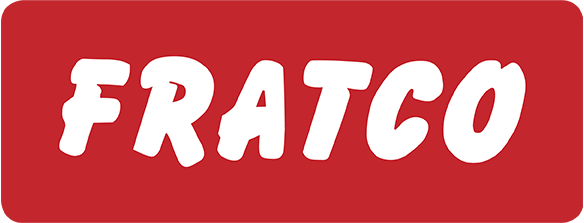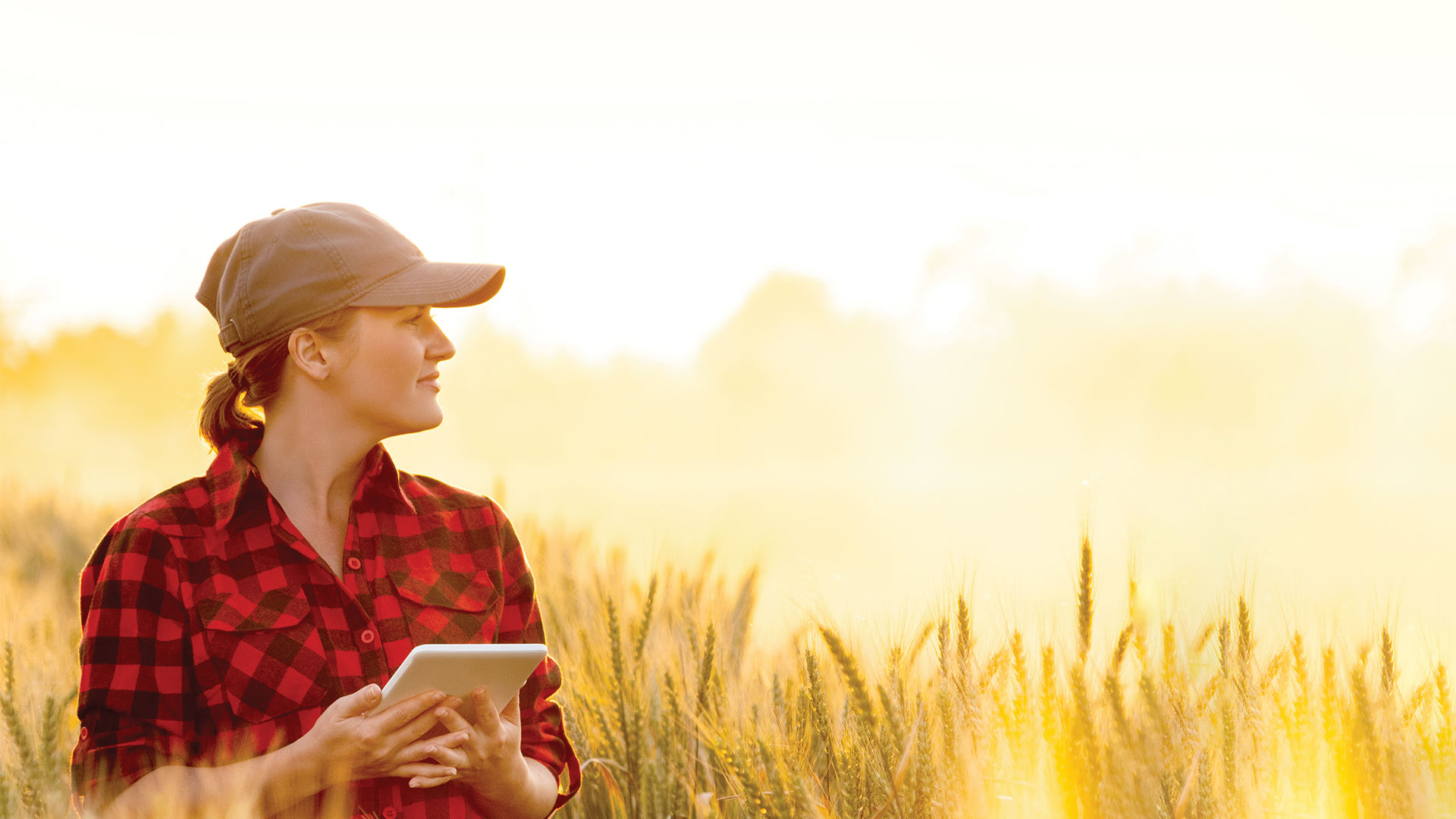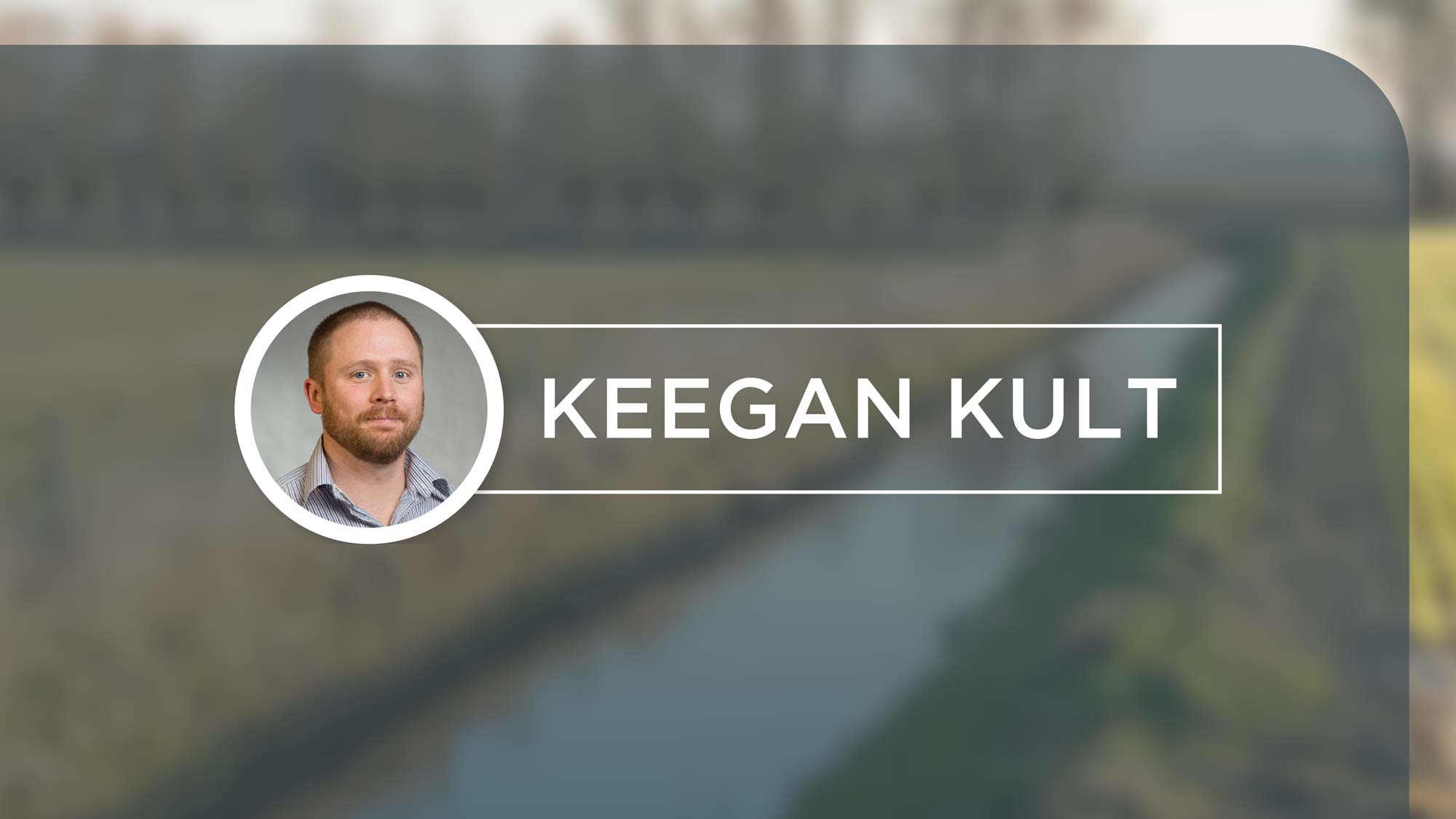As seen in the Tried & True Summer 2022 issue
Outsiders often think of agriculture as a low-tech and primitive industry. To some, the world of farming still resembles the iconic imagery of 1930s American Gothic: weathered-looking people with pitchforks turning over bales of hay on their dusty old farms. But as ag insiders know, that notion couldn’t be further from the truth. In reality, Big Ag sits up there with Big Tech as one of the most technologically advanced and innovative industries on earth.
In a sense, farming is technology—one that defined civilization long before other forms of technology existed. Irrigation was a discovery that expanded the territories where human settlements were able to thrive. Crop rotation was a breakthrough that reshaped our relationship with natural resources. People can scarcely imagine farming (or society in general) without these fundamental practices, but indeed there was a time when they—like any other form of technology—had not yet been invented.
Likewise, there are agricultural inventions that have yet to breach the mainstream consciousness; breakthroughs and discoveries that have yet to be fully refined. Agriculture on the whole is always changing. What changes are just now coming down the pipe? Let’s take a look into the future through the lens of producer and consumer alike.
NEAR-FUTURE FARM EQUIPMENT
Technology is constantly evolving. Just look at your smartphone today compared to your cellphone from a decade ago for the perfect example. Farming technology has also advanced rapidly throughout history, and it will continue to do so.
- DRONES. This technology is already being used for farming applications. Whether it’s surveying land or spraying crops, expect these bots straight out of science fiction to become more common in the years to come.
- THE INTERNET OF THINGS. This concept of making previously inanimate objects into “smart” objects is making its way into ag. Smart tractors that synchronize with your smart phone, for example, are becoming commonplace on the market. And out of that comes…
- AUTOMATION. Lots and lots of automation. Self-driving farm equipment that runs on a predetermined schedule and route? Software that measures and optimizes the amount of fertilizer being used on the fly? That’s just the tip of the iceberg. Expect big corporate farmland, especially, to invest in automation in big ways in the years to come. Still, the skill and expertise of traditional flesh-and-blood farmers will still be in-demand for many years to come. All of that automated equipment will need to be coordinated and overseen by human experts, after all.
A DEMAND FOR SOMETHING DIFFERENT
Need shapes technology, but want shapes the market. As such, rapidly-changing consumer demands will shake up what, and how, crops are produced in the years to come.
- PLANT-BASED FOOD FRENZY. In recent years, plant-based meat alternatives like the “Impossible” line of products have made huge waves in the market. Expect demand for peas and soybeans—the main sources of plant-based protein for these products—to increase as these formerly niche menu items become more mainstream.
- HUMANE AND SUSTAINABLE. Decades ago, consumers started asking more questions about the food they were buying. The dominant question of the 80s and 90s was simply, “Is this good for me?” But in the new millennium, that question has expanded to include, “Is this good for the planet overall?” Today, even issues once seen as unrelated to food production—such as diversity and equality—are being factored into common grocery store purchases.
Today’s food buyers aren’t just health-conscious or eco-conscious. They’re also ethics-conscious. They want to feel confident they’re supporting humane, sustainable and equitable farming practices. Expect a demand for more quality assurances in this regard and for more specialized agencies to emerge that evaluate production practices. - DIVERSIFICATION OF TASTE. As the ethnic makeup of the United States continues to grow more diverse, so do the palettes of people. Dishes that used to be considered occasional delicacies like sushi and curry are becoming everyday staples, and demand for their ingredients is growing as a result. Fresher is always better, so the closer to home these more “exotic” ingredients can be sourced, the more valuable they’ll be.
For all this futuristic talk, it’s important to remember that some things never change. The bare necessities are always, well, necessary. Even farms of the future will need simple and reliable drainage solutions such as Fratco pipe. Sure, we here at Fratco enjoy geeking out over new advances in manufacturing methods, material design and installation, but when it comes down to the core foundations, Fratco is always striving to ensure their products far exceed the expectations of today so you’re ready for tomorrow.




